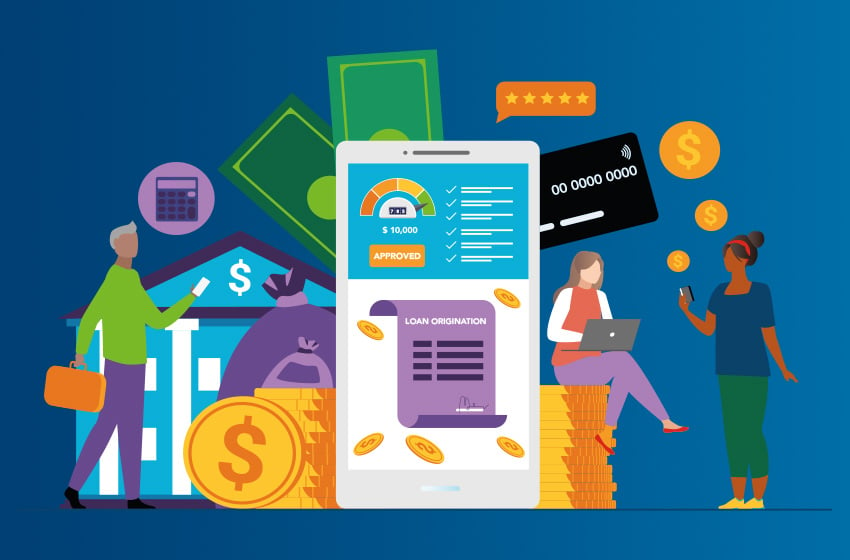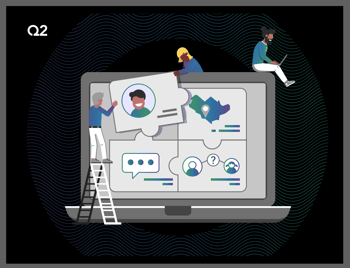The last couple of years have disrupted banking, and many financial institutions (FI) are engaged in a strategic mind shift toward embracing digital technologies to develop better processes and experiences for their customers and staff. At a roundtable discussion about the Australian financial services market, several digital banking experts talked shop about what’s required to create these processes and experiences. The discussion was moderated by Reshub Peer, manager of Solutions Consulting for Q2’s lending sales.
What does it take to build great digital banking experiences?
A customer-centric approach. The roundtable experts were in 100% agreement that a great digital onboarding and origination experience is a must today and emphasized that a great customer experience starts with a customer-centric approach to digital banking, including lending. They also agreed that delivering a frictionless digital onboarding and origination experience is required moving ahead – and they stressed the stakes are high. One participant warned, a lender today “can lose a customer through a difficult process.” Onboarding was acknowledged to be hard, but most believed that lots of progress has been made in this area. Design perspective also received attention, with comments made that it must be applied to each customer because it produces stickiness.
Q2’s Ali Khan, the former COO of HSBC, Hong Kong, has an extensive background in digital banking and underscored that “complication” should not be created when it comes to digitizing paper processes and electronic signatures. By removing complication and “demystifying” the customer experience, he spotlighted the benefits to an FI – customer retention, an uptick in revenue, and pipeline creation via repeat business and cross-sell.
Personalisation & Open Banking. A question asked by bankers is how they can provide the same level of empathy for a customer in the digital channel when they don’t have any interactions with them. There was agreement by the roundtable experts when Reshub Peer suggested that a pathway exists through fair and secure customer data access to balance digital interactions and treat customers in an informed, empathetic, and efficient way.
Besides using data to produce personalised onboarding, others commented on the need to use data and open banking to deliver end-to-end processes across the entire customer journey. They added “transparency” is essential for fuller interaction on the part of customers and “localisation for intimate experience” is important for success.
Automation-STP. One participant stressed, “Straight Through Processing must be part of a customer-centric approach. Onboarding through STP is first and foremost.” The other participants agreed, but another advised that a piecemeal approach to automation should be avoided as it’s not the best approach to developing end-to-end lending and other business banking experiences. There was general agreement that process re-engineering is important when automating.
In addition to STP’s role in customer experience, Reshub pointed out that STP also augments the human skills of bank staff and highlighted how the technology can do the “heavy lifting” for lenders and others when it comes to data use. He recommended those listening in to read Q2’s Shawbrook Bank case study to get a better understanding of STP’s ability to streamline lending processes.
Find out what’s ahead for lending in ANZ
In collaboration with Salesforce, Q2 commissioned an Economist Impact Group report on the future of small business lending. Read more about the findings. Many of the thoughts and concerns expressed in the roundtable are discussed in greater detail and should help FIs and other financial services groups in their planning.





